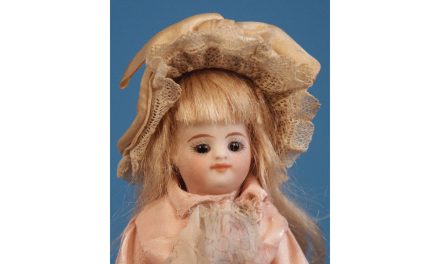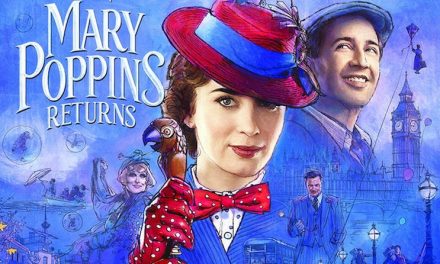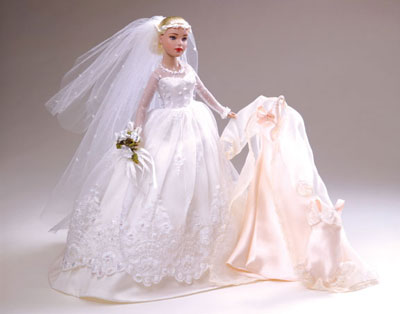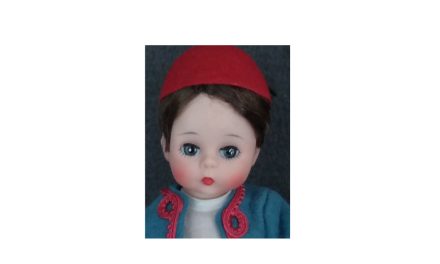
By Jan Foulke
Q: I have been searching for years for information about this precious little doll I received as a very young child, making her a ’50s treasure. She is hard plastic and wears her original dress. I found a wooden copy/cousin at a doll show, but still no information. Hope you have some ideas. If anyone would know, it would be you!
A: You are lucky to have this treasure from your childhood. I’ve had several of the wood versions of your doll, but never the hard-plastic one, though I’ve seen photos of it. One example I had came in a labeled cardboard box. She’s called Julie Ann and was made at Shreve Island Plantation in Shreveport, LA. Julie Ann dolls wore simple cotton dresses. Some were long dresses à la Scarlett O’Hara and some were short child dresses like yours.
The Summer 1998 issue of “Doll News” includes a story by Cynthia Orgeron showing pictures of Julie Ann and giving some background information about her and her origins. Orgeron contacted Paul Mayer, a member of the family who owned Shreve Island Plantation when the dolls were made. She discovered that the first Julie Ann dolls were made around 1932, when cotton prices dropped and plantation owners needed additional sources of income.
The name Julie Ann appears to be derived from the names of the designer, Margaret Annan, and the person in charge of making the dolls, Julia Mayer Cline. The second-floor sun porch of the plantation house became the studio. An old chicken coop housed the woodworking shop where two brothers cut out the dolls. Local ladies sewed the dresses, and several art students painted the faces. Mayer didn’t know anything about the hard-plastic version. But there’s no doubt that she is related, because several have been found in a cardboard box labeled like the one in which the wooden doll was found.
Orgeron mentioned that the Northshore Doll Club made a version of Julie Ann for a club luncheon souvenir. Made from cypress wood and hand painted by club members, the doll was called Louzi-Anne. It would be fun to find one of these to add to your collection.
Jan Foulke (retired) is an authority on antique and vintage dolls, with over 40 years of experience in the field. She’s the author of the full-color reference book “Jan Foulke’s Guide to Dolls.” Subscribe now to read Foulke’s columns in DOLLS online archive of past issues!






